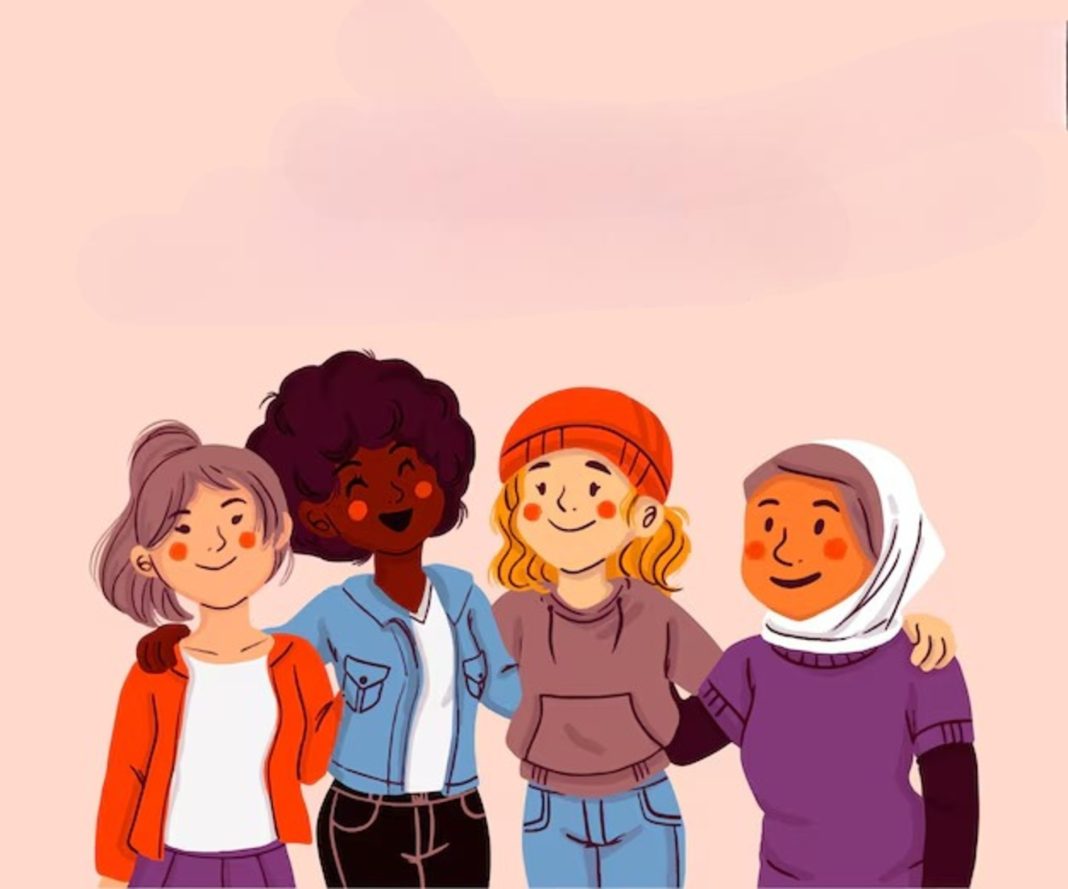The Rich History of Women’s Equality Day celebration
Women’s Equality Day celebration commemorates a pivotal moment in American history, but its roots stretch back much further. Established by Congress in 1971 at the urging of Representative Bella Abzug, Women’s Equality Day honors the certification of the 19th Amendment on August 26, 1920, which granted women the right to vote after decades of relentless activism.
To fully grasp Women’s Equality Day, consider the broader timeline. The women’s suffrage movement began in earnest with the Seneca Falls Convention in 1848, organized by Elizabeth Cady Stanton and Lucretia Mott. Attended by about 300 people, this event produced the Declaration of Sentiments, a groundbreaking document modeled after the Declaration of Independence, asserting that “all men and women are created equal.” It listed grievances against societal norms that denied women basic rights, such as voting, education, and property ownership.
The struggle intensified in the late 19th and early 20th centuries. Activists formed organizations like the National American Woman Suffrage Association (NAWSA) in 1890, led by figures such as Carrie Chapman Catt, who emphasized state-by-state campaigns. Meanwhile, more militant groups like the National Woman’s Party, founded by Alice Paul in 1916, employed tactics including picketing the White House and hunger strikes. These efforts faced severe backlash; suffragists were often arrested, force-fed in prison, and ridiculed in the media. World War I played a role too, as women’s contributions to the war effort highlighted their capabilities and bolstered arguments for enfranchisement.
Finally, after Tennessee ratified the amendment on August 18, 1920, Secretary of State Bainbridge Colby certified it on August 26, making it law. However, Women’s Equality Day also reminds us of exclusions: Native American women weren’t guaranteed citizenship until 1924, and many Black women faced Jim Crow laws and poll taxes until the Voting Rights Act of 1965. Asian American women dealt with immigration restrictions affecting citizenship. This layered history underscores that Women’s Equality Day celebrates a milestone while acknowledging incomplete progress.
In 2025, as we approach August 26, reflecting on this history during Women’s Equality Day encourages us to learn from past perseverance.
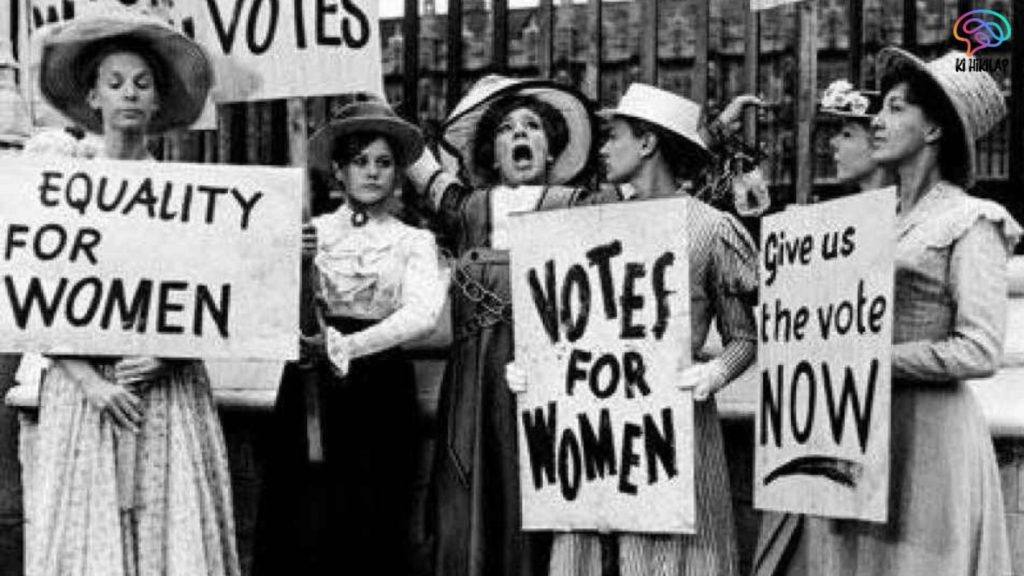
Key Figures Who Shaped Women’s Equality Day celebration
The story of Women’s Equality Day is enriched by the diverse individuals who championed change. These trailblazers, from various backgrounds, demonstrated courage and strategy in their pursuit of equality.
Susan B. Anthony stands out as a cornerstone. Born in 1820, she dedicated her life to abolitionism and women’s rights, co-founding the American Equal Rights Association. Her 1872 arrest for voting illegally in Rochester, New York, drew national attention, and though she was convicted, she refused to pay the fine. Anthony’s legacy endures; she’s featured on the U.S. dollar coin minted in 1979.
Elizabeth Cady Stanton, Anthony’s close collaborator, was a brilliant writer and thinker. She drafted the Declaration of Sentiments and advocated for broader reforms, including divorce laws and women’s education. Despite controversies, like her opposition to the 15th Amendment for not including women, her work laid foundational ideas for Women’s Equality Day.
Sojourner Truth, an escaped enslaved woman turned abolitionist, brought intersectionality to the forefront. Her 1851 speech at the Ohio Women’s Rights Convention, often remembered as “Ain’t I a Woman?,” challenged racial and gender stereotypes, emphasizing that Black women deserved rights too.
Alice Paul, a Quaker-educated activist, introduced British suffragette tactics to America. She organized the 1913 Woman Suffrage Procession in Washington, D.C., which drew 5,000 marchers and faced violent opposition. Paul’s Silent Sentinels protested outside the White House, leading to arrests and the infamous “Night of Terror” in 1917, where guards brutalized prisoners.
Ida B. Wells, a journalist and anti-lynching crusader, co-founded the Alpha Suffrage Club in Chicago to mobilize Black women voters. She marched in the 1913 parade despite segregation attempts, highlighting racial divides within the movement.
Other notables include Lucy Stone, who kept her maiden name after marriage as a statement of independence, and Frederick Douglass, a male ally who supported women’s suffrage at Seneca Falls. These figures illustrate how Women’s Equality Day honors collective efforts across race, class, and ideology.
Why Women’s Equality Day celebration Matters in Today’s World
Women’s Equality Day isn’t merely a historical observance; it’s a vital reminder of ongoing quests for gender parity. In an era of rapid social change, Women’s Equality Day inspires reflection on achievements and fuels advocacy for unresolved issues.
Since the 19th Amendment, women have shattered barriers. For instance, in politics, the number of women in Congress has risen from zero in 1920 to over 150 in 2025. Icons like Ruth Bader Ginsburg advanced legal equality through cases dismantling gender discrimination. In education, women’s college enrollment now surpasses men’s, with fields like STEM seeing increased female participation—though gaps persist.
Economically, women’s labor force involvement has grown, contributing trillions to the global economy. Cultural shifts, amplified by movements like #MeToo, have heightened awareness of harassment. Women’s Equality Day connects these wins to global contexts, aligning with the United Nations’ Sustainable Development Goal 5 for gender equality by 2030.
For younger audiences, Women’s Equality Day teaches empathy and activism. Imagine a world where girls couldn’t play sports—Title IX in 1972 changed that, leading to stars like Serena Williams. It shows that equality enhances society: studies indicate diverse teams are more innovative, and equal pay could boost GDP.
Yet, Women’s Equality Day urges us not to complacency. It prompts discussions on how far we’ve come and how much further we must go.
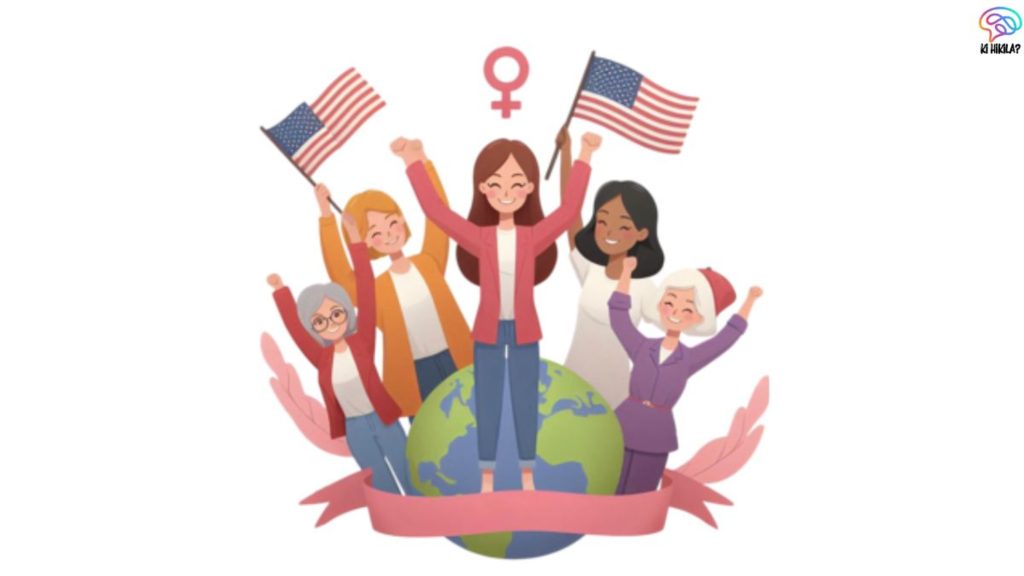
Current Challenges Highlighted on Women’s Equality Day celebration
Despite progress, Women’s Equality Day spotlights persistent inequalities that demand attention. Expanding on these helps us understand the multifaceted nature of the fight.
The gender pay gap remains stark: In the U.S., women earn about 82 cents for every dollar men earn, dropping to 64 cents for Black women and 54 cents for Latina women, according to 2024 data from the U.S. Census Bureau. Globally, the World Economic Forum estimates it will take 134 years to close this gap at current rates.
Violence against women is another crisis. One in three women worldwide experiences physical or sexual violence, per UN statistics. In the U.S., domestic violence hotlines receive over 20,000 calls daily. Women’s Equality Day calls for stronger laws, like reauthorizing the Violence Against Women Act, and education to prevent abuse.
Reproductive rights face threats, with varying state laws post-2022 Roe v. Wade overturning affecting access to abortion and contraception. This impacts health outcomes, as restricted care correlates with higher maternal mortality rates, disproportionately affecting women of color.
Underrepresentation persists: Women hold only 32% of Fortune 500 CEO positions in 2025, and in politics, they comprise 28% of the U.S. Congress. In tech and film, biases limit opportunities.
Globally, challenges intensify. In Afghanistan, girls’ education is restricted; in many regions, child marriage affects 12 million girls annually. Climate change exacerbates inequalities, as women in developing countries bear more agricultural burdens.
Women’s Equality Day serves as a platform to address these through policy, education, and allyship, fostering a more equitable future.
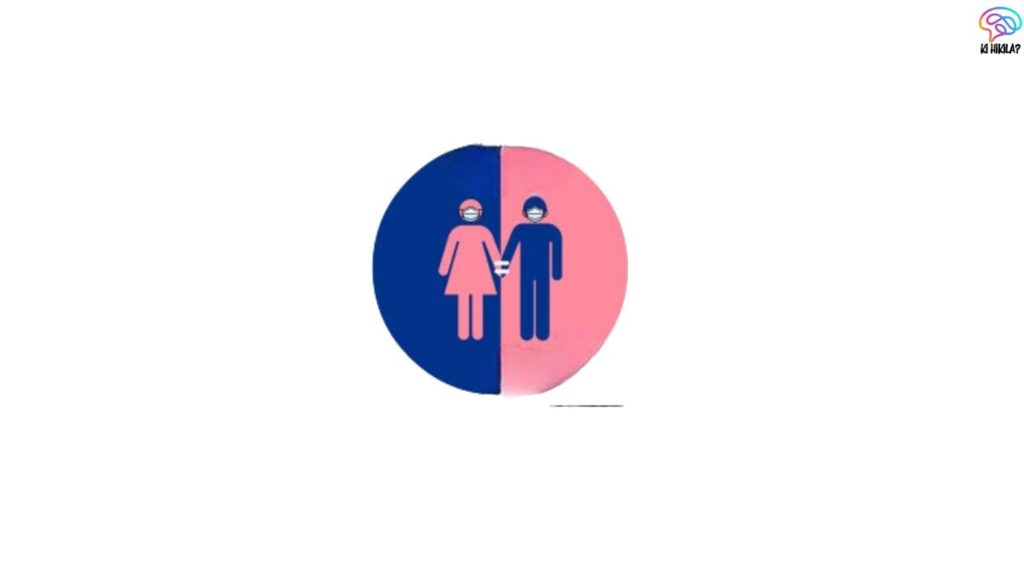
Creative Ways to Celebrate Women’s Equality Day
Engaging with Women’s Equality Day can be educational and enjoyable. Here are expanded ideas tailored for students, families, and communities.
Start with learning: Read biographies like “Susan B. Anthony: The Woman Who Changed America” or watch documentaries such as “Iron Jawed Angels.” Schools can host assemblies with role-playing historical events.
Attend or organize events: Many cities hold parades, panel discussions, or art exhibits. In 2025, virtual options from organizations like the League of Women Voters include webinars on voting rights. Check local libraries for story hours on suffragists.
Share and discuss: Host family dinners debating equality topics or create social media campaigns with #WomensEqualityDay, sharing quotes like Susan B. Anthony’s: “Failure is impossible.” For kids, draw posters depicting equal rights.
Support initiatives: Volunteer at women’s organizations, donate to funds like the Malala Fund for girls’ education, or advocate by contacting legislators for equal pay bills.
Fun activities: Bake suffrage-themed treats (purple, white, and gold colors), play equality board games, or join community walks. For adults, book clubs on feminist literature deepen understanding.
These actions make Women’s Equality Day interactive, turning remembrance into active participation.
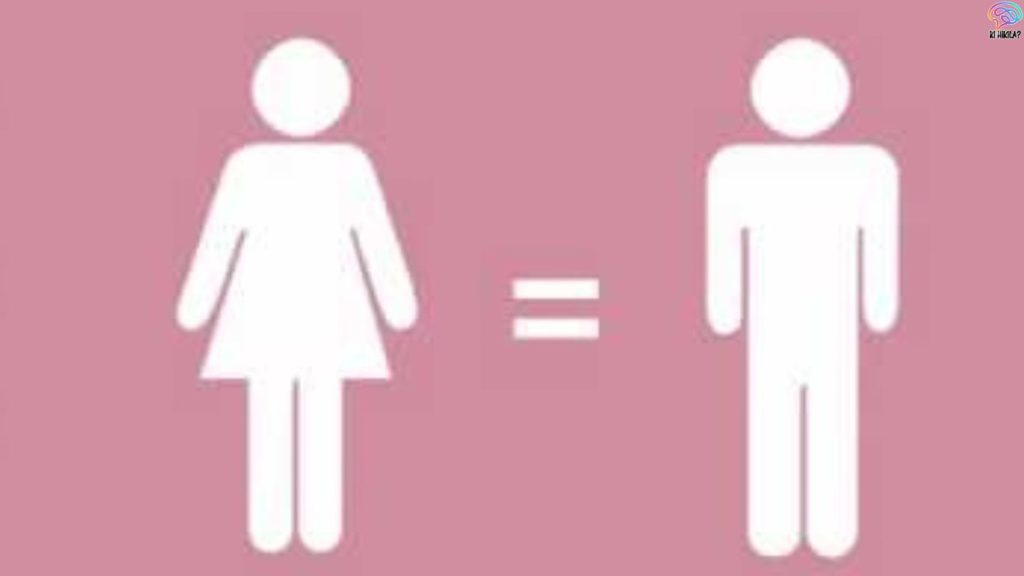
Global Perspectives on Women’s Equality Day celebration
While Women’s Equality Day celebration is U.S.-centric, it resonates internationally, linking to efforts like International Women’s Day. In Europe, countries like Iceland lead with near-equal pay, achieved through strikes and policies. In Africa, activists like Wangari Maathai fought for environmental and women’s rights, earning a Nobel Prize.
In Asia, movements in India address gender violence post-2012 Delhi case, while Saudi Arabia’s 2018 driving reform marks progress. Latin America’s “Ni Una Menos” protests combat femicide.
Women’s Equality Day celebration encourages global solidarity, recognizing that equality knows no borders.
Inspiring Quotes for Women’s Equality Day celebration
To add depth, consider these quotes:
- “We realize the importance of our voices only when we are silenced.” – Malala Yousafzai
- “Women belong in all places where decisions are being made.” – Ruth Bader Ginsburg
These words encapsulate the spirit of Women’s Equality Day celebration.
Embracing the Future of Women’s Equality Day celebration
Women’s Equality Day celebration empowers us to honor past victories, confront present challenges, and envision a just future. As we mark August 26, 2025, let’s commit to actions that advance equality for all. This ultimate guide shows that Women’s Equality Day is more than a date—it’s a movement. What steps will you take? Share below!
FAQ on Women’s Equality Day celebration
Q1. What is Women’s Equality Day celebration?
Women’s Equality Day is observed every year on August 26 in the United States to celebrate women’s rights and to remember the struggles for gender equality.
Q2. Why is Women’s Equality Day celebrated on August 26?
It is celebrated on August 26 because, in 1920, the 19th Amendment to the U.S. Constitution was certified on this date, giving women the right to vote.
Q3. Who started Women’s Equality Day celebration?
In 1971, Congresswoman Bella Abzug introduced a resolution in the U.S. Congress, and in 1973, August 26 was officially declared as Women’s Equality Day.
Q4. What is the main purpose of Women’s Equality Day celebration?
The purpose of Women’s Equality Day is to honor women’s achievements, raise awareness about gender equality, and continue the fight against discrimination.
Q5. Is Women’s Equality Day only about voting rights?
No, while it began with voting rights, today Women’s Equality Day highlights all areas of equality – including education, jobs, pay, leadership, and social respect.
Q6. Do other countries celebrate Women’s Equality Day celebration?
Women’s Equality Day celebration is a U.S. observance. However, many other countries celebrate similar events like International Women’s Day celebration on March 8.
Q7. Why is Women’s Equality Day celebration important today?
It is important today because even though women have gained many rights, gender inequality still exists in workplaces, politics, and society.
Q8. How can people celebrate Women’s Equality Day celebration?
People celebrate by attending awareness programs, reading about women’s history, supporting women-led businesses, and spreading awareness on social media.
Q9. What is the difference between Women’s Equality Day and International Women’s Day celebration?
- Women’s Equality Day (August 26) focuses mainly on U.S. history, especially the right to vote.
- International Women’s Day (March 8) is celebrated worldwide for gender equality and women’s achievements.
Q10. What message does Women’s Equality Day celebration give us?
The message of Women’s Equality Day is that men and women deserve equal rights, opportunities, and respect in all areas of life.


